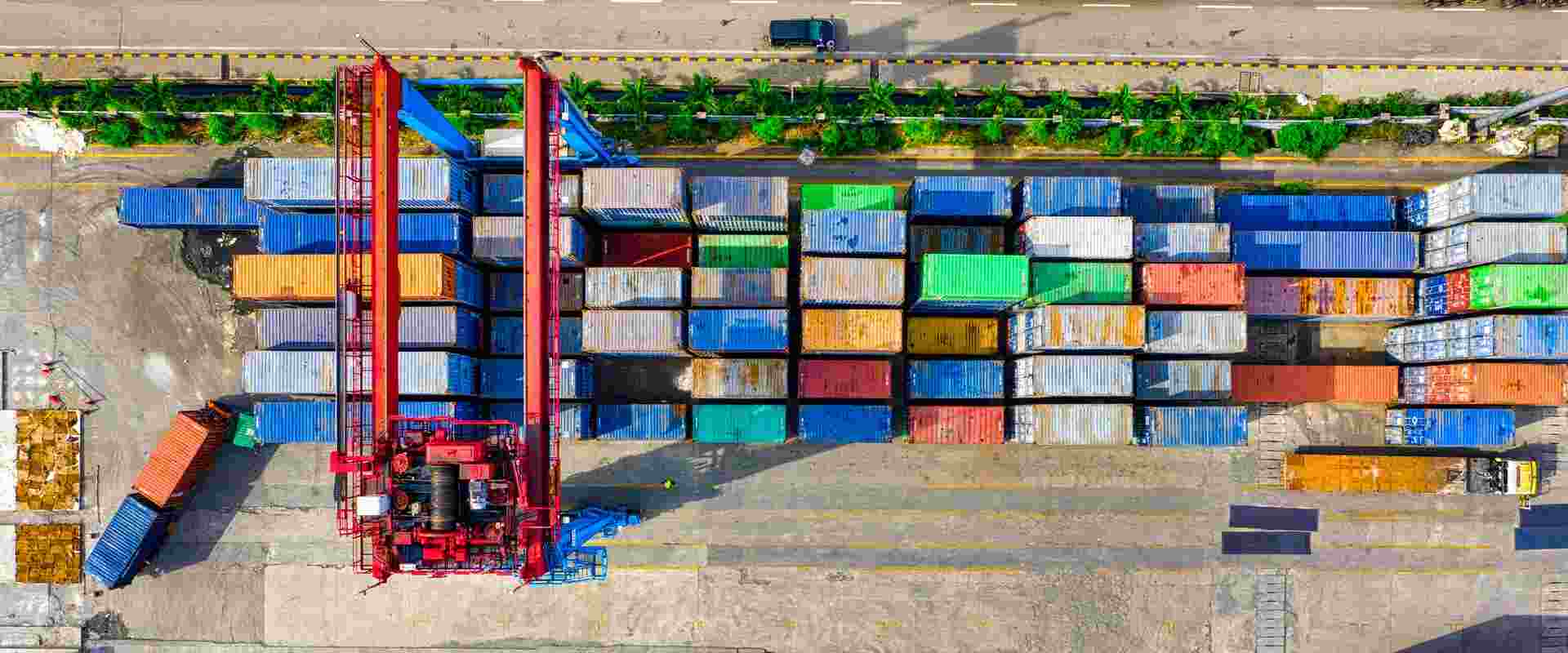Reverse logistics management is a multi-step process that helps tackle numerous challenges in target market segmentation, logistics routing, and supplier coordination. As customer behavior evolves rapidly and product lifecycles shrink, businesses face growing complexity in handling returns, repairs, refurbishments, and recycling. Particularly in sectors like e-commerce and electronics, reverse logistics is no longer a backend afterthought—it’s a strategic priority.
At its core, reverse logistics management involves the movement of goods from the customer back to the seller or manufacturer. Whether it’s due to returns, recalls, excess inventory, or recycling, businesses that can efficiently manage this process will gain a substantial competitive edge.
Table of Contents
Why Reverse Logistics Matters More Than Ever
Target market analysis for reverse logistics has become increasingly complex with the explosion of e-commerce and omnichannel retailing. Without a robust framework, businesses risk increased distribution costs, resource wastage, and missed customer service expectations. In fact, studies show that over 30% of online purchases are returned, and this figure continues to rise.
At Quantzig, we’ve worked with global clients to create agile reverse logistics systems that lower costs and improve profit margins. We’ve seen firsthand how powerful reverse logistics transformation can be when data, strategy, and customer-centricity align. In this blog, we explore the top 4 benefits of reverse logistics management and how companies can measure its effectiveness using key performance metrics.
1. Enhancing Customer Satisfaction
In today’s digital-first marketplace, customers expect seamless return experiences. Fast, transparent, and hassle-free returns are no longer perks—they’re standard expectations. A poor returns process not only leads to frustration but can also damage brand reputation and customer loyalty.
A robust reverse logistics system enables brands to handle returns efficiently and communicate clearly with customers about the status of their returned items. This transparency boosts trust and encourages repeat purchases. Additionally, smart reverse logistics solutions can reduce cycle times, helping customers get refunds or replacements faster, further improving satisfaction.
By integrating AI into the return flow, companies can also anticipate return patterns, reduce return abuse, and optimize restocking. These AI reverse logistics performance improvements translate into fewer customer complaints and more 5-star reviews.
2. Delivering Better ROI
Managing returns efficiently is key to unlocking hidden profitability. Reverse logistics is not just about sending items back—it’s also about recovering value. Whether it’s reselling open-box products, refurbishing electronics, or reclaiming components, each return represents an opportunity.
A smart reverse logistics strategy reduces the financial drain caused by slow returns and bloated inventory. It also allows companies to extract more value from returned items. When returns are processed quickly and restocked, fewer new products need to be manufactured, minimizing production costs and improving ROI.
Effective inventory recovery also reduces storage needs and frees up capital. In fact, companies that have optimized their reverse logistics networks report up to 25% improvement in inventory turnover ratios.
By leveraging reverse logistics transformation, businesses can enhance asset utilization and extend product lifecycles—all of which contribute to stronger financial performance.
3. Boosting Environmental Sustainability
Sustainability is no longer optional. Consumers, investors, and regulators now expect companies to take responsibility for the environmental impact of their supply chains. Reverse logistics plays a crucial role here.
A well-designed system enables businesses to recycle materials, reduce landfill waste, and refurbish returned goods for resale. This circular economy approach not only helps the planet but also reduces the need for raw materials, making operations more cost-efficient.
Metrics like percentage of material recycled and waste diverted from landfills help companies monitor their sustainability performance. Implementing green reverse logistics also enhances brand image and appeal, especially among eco-conscious consumers.
Modern reverse logistics solutions integrate carbon tracking and sustainability dashboards to help organizations achieve their ESG (Environmental, Social, and Governance) goals more effectively. In many industries, including fashion and electronics, the reuse and resale markets are growing fast, further reinforcing the need for eco-friendly reverse logistics practices.
4. Enabling Agile, Data-Driven Decision-Making
The final benefit lies in the power of data. With the integration of AI and machine learning, reverse logistics can now generate insights that improve both the forward and reverse supply chain.
AI reverse logistics performance tools can identify bottlenecks in return flows, detect fraudulent return behaviors, and predict product return likelihood based on purchase patterns. This enables proactive decision-making, such as redesigning packaging, altering return windows, or tweaking pricing strategies.
Additionally, reverse logistics analytics can uncover valuable insights about product quality and customer preferences. Are certain products returned more frequently? Is a specific vendor failing on quality control? These insights help refine product development and procurement strategies.
Ultimately, this reverse logistics transformation allows businesses to pivot quickly and reduce inefficiencies across the board.
Key Metrics to Track Reverse Logistics Performance
To fully unlock the potential of reverse logistics, businesses must monitor key performance indicators (KPIs) that measure both operational efficiency and financial impact. These metrics serve as the foundation for continuous improvement and informed decision-making. For example, cycle time is critical—shorter return cycles not only boost customer satisfaction but also alleviate inventory pressure. The amount of product reclaimed and resold reflects the effectiveness of a company’s value recovery strategy, while the percentage of material recycled indicates how well reverse processes align with sustainability goals.
Monitoring waste levels helps identify inefficiencies and highlights opportunities to refine disposal methods. The percentage of cost recovered shows the profitability of returned products, offering insight into the financial return from reverse processes. Lastly, Total Cost of Ownership (TCO) provides a holistic view of all expenses associated with product acquisition, returns, and resale. By consistently tracking these metrics, companies can foster a culture of accountability and drive operational excellence across their logistics functions.
The Latest in Reverse Logistics Technology Adoption
Modern reverse logistics has evolved far beyond manual tracking and spreadsheets. Today, businesses are adopting advanced technologies such as:
- AI and Predictive Analytics: To forecast returns, detect fraud, and optimize return routes.
- Blockchain: For enhanced traceability and transparency in multi-vendor return chains.
- IoT-enabled Smart Packaging: To track condition and location of returned items in real time.
- Cloud-based Return Management Systems: For scalable, automated return workflows.
These technologies not only improve accuracy and speed but also reduce operational costs. Early adopters of AI reverse logistics performance tools report improved forecasting accuracy, lower return fraud, and enhanced customer satisfaction.
Forward-looking companies are investing in reverse logistics solutions that are not just reactive but proactive—helping them turn what was once a cost center into a value generator.
Final Thoughts
As supply chains become more customer-driven and data-intensive, reverse logistics is taking center stage. From boosting ROI to improving sustainability and enhancing the customer journey, the benefits are clear. However, these advantages can only be realized with the right strategy, technology, and performance tracking.
At Quantzig, we specialize in developing reverse logistics solutions tailored to your business goals—driven by AI, grounded in data, and optimized for the future. Whether you’re struggling with returns, looking to improve environmental compliance, or trying to reduce costs, our experts can help you design a reverse logistics transformation that drives real impact.
Need help optimizing your supply chain and reverse logistics performance?
Reach out to our team for a customized consultation and take the first step toward a smarter, more efficient supply chain.



